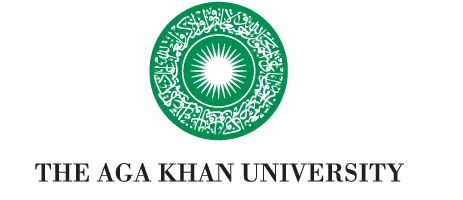According to
Aga Khan University Vice Provost Dr. Alex Awiti, the current youth unemployment crisis may be attributed to a cur
riculum that does not give youth the relevant skills and experiences required in the 21
st century for entry-level work in many sectors. Co-authored by Awiti, the
East Africa Institute’s Youth Entry Level Skills Report indicates that employers are especially concerned with youth’s lack of life skills, financial planning and technical skills (amongst others) despite attending academic and vocational training institutions.
In response, the Kenyan government in January 2017 decided to phase out the old 8-4-4 curriculum (8 years in primary, 4 years in secondary, 4 years in higher education) in favour of a 2-6-3-3 structure (see diagram) which aligns with
Kenya’s Vision 2030 plan for development. Piloting began in May 2017 and the new curriculum from pre-primary to Grade 3 has been implemented with plans to fully implement Grade 4 soon whilst junior secondary is being piloted. It is expected the rest of the curriculum we be rolled out in stages.
So, is the new curriculum doing what it set out to do in improving education? On paper it certainly seems so, but reality tells a different story.
In assessing the dialogue surrounding these reforms, the root of the problem is that these curriculum reforms are entangled in problems that go well beyond the developmental capabilities of curriculum itself. Such problems grapple with deeper infrastructural, institutional, and cultural challenges in Kenya’s educational context. Curriculum content is not as worrisome as how it is being implemented.
It is important to note the modern nature of the updated curriculum, as it encompasses
recent innovations and evidence-informed practices in education. In essence, one of the primary goals of the new curriculum was to shift Kenya’s educational paradigm from a
teacher-centered approach to a more student-centered one. Student-centered learning places less emphasis on rote memorization and more so on skill development. In this approach, teachers act more as guides rather than transmitters of knowledge, imparting skills that empower and allow students to become independent learners. There is a vast body of literature pointing to the benefits of these methods, and the Kenyan government viewed them as a means to teach children 21st century competencies that prime them for employability. The main issue here is that curriculum is effective in prescribing
what is to be taught (content) and not necessarily
how it is to be taught (pedagogy). Herein lies the first major criticism of the curriculum reforms – that if we are to reform pedagogical ideals, much more must be reformed than just curriculum content.
Pedagogical change concerns teachers rather than curriculum.
Though the Kenyan Institute for Curriculum Development (KCID) did include teacher preparation in its implementation plan, critics have scrutinized the nature of it. During piloting, a mix of
2,000 curriculum support officers, head teachers, and teachers underwent 8-10 weeks of training close to the initial roll out date. This was seen by many as too rushed, including the
Kenya Primary Schools Head Teachers Association. Further, these initial trainings left out the remaining
158,000 Kenyan teachers that were expected to be teaching the new curriculum in an even shorter timeframe. Concerns persisted well through 2019 of teacher unpreparedness as the Kenyan National Union of Teachers rebuffed the Ministry of Education, saying that the
implementation lacked adequate teacher training and consultation.
Unfortunately, these criticisms seem to have had no substantial response from the government or KCID, and
have even been accused of being ignored. Regardless, the core problem is that curriculum reforms seemed to have been used as a means to not just change content, but also pedagogy, which is beyond the scope of what curriculum changes can accomplish.
A
thorough research study was conducted in 2014 specifically assessing if student-centered pedagogies could work in Kenyan public schools. Researchers emphasised that in Kenya’s current state, student-centered teaching would not work unless major systemic changes occurred in the way teachers are taught, and infrastructural changes allowed smaller class sizes. Further, the study made no recommendations on curriculum reform, but did note that
“successful curriculum change is most likely to occur when the curriculum reform goals relating to teacher practices take into account teachers belief.” Based on the uneven consultation teachers seem to have had in this process, it seems the current reforms have not adhered to this key component.
The current curriculum reforms, while being well-intentioned and adequately researched, have actually revealed issues that curriculum change cannot effectively address. In what seems like a
repeat of problems that plagued the implementation of the old 8-4-4 curriculum in 1985, the government is attempting to implement these reforms without considering the deeper systemic challenges that need to be faced – from teacher training and ineffective policy to infrastructural barriers. Sadly, it is the children and youth that will suffer the most from these hasty and ill-considered decisions.
Part II of this article will further discuss the deeper issues in the Kenyan education system and potential solutions for future implementation.
Chris Klune is a Research and Communications Intern with the Aga Khan University’s Networks of Quality, Teaching and Learning, interested in education and curriculum development.

